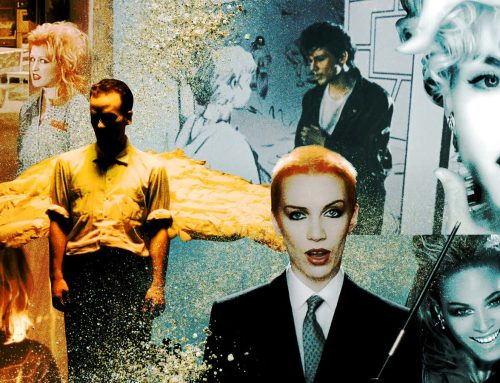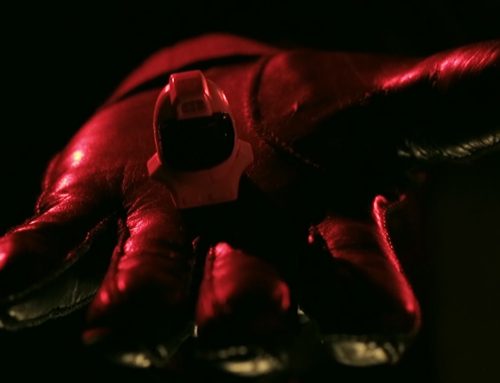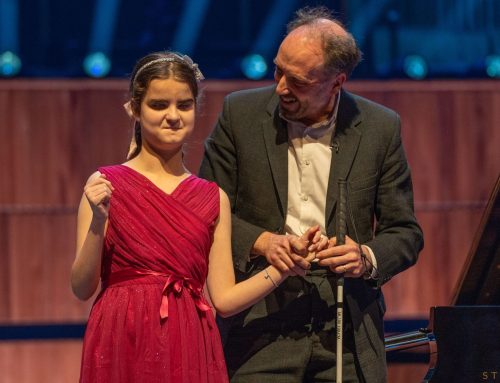Tauba Auerbach’s Research-Focused Practice
Tauba Auerbach (previously) is drawn to “the in-between spaces,” where the boundaries are blurred and the edges are soft. One of these spaces is “The Wave Organ,” a sonic sculpture by Peter Richards and George Gonzalez that amplifies the sounds of the waves in the San Francisco Bay. The sculpture, built in 1986 on a jetty, uses pipes to capture the changing rhythms and melodies of the water as the tide shifts. The work invites the listener to pay attention to the acoustic variations of nature and is also one of Auerbach’s favorite places in their hometown of San Francisco. In a new episode of Art21’s 11th season, “Bodies of Knowledge,” which debuted in late June, Auerbach visits the sculpture and shares their fascination with natural phenomena and processes, physics, and mathematics. They explore these concepts through various media, such as marbled paper that mimics fluid dynamics, marker drawings that create spontaneous tessellations, and beaded sculptures that resemble organic forms like the porous structure of a sea sponge. Auerbach’s New York studio is full of these experiments, and the shelves are stacked with puzzles, natural objects, and small curiosities that inspire the artist’s works. They see these structures and systems as not only the foundation of life on Earth but also of art and craft traditions. For Auerbach, investigating how colors float on water or how different speeds of the artist’s hand affect a painting is as essential as the final product. “I am very intrigued by things that are barely possible. The near–impossibility is crucial,” they say. The segment ends with “Auerglass,” an interactive organ-like instrument Auerbach made with their friend and musician Cameron Mesirow.



